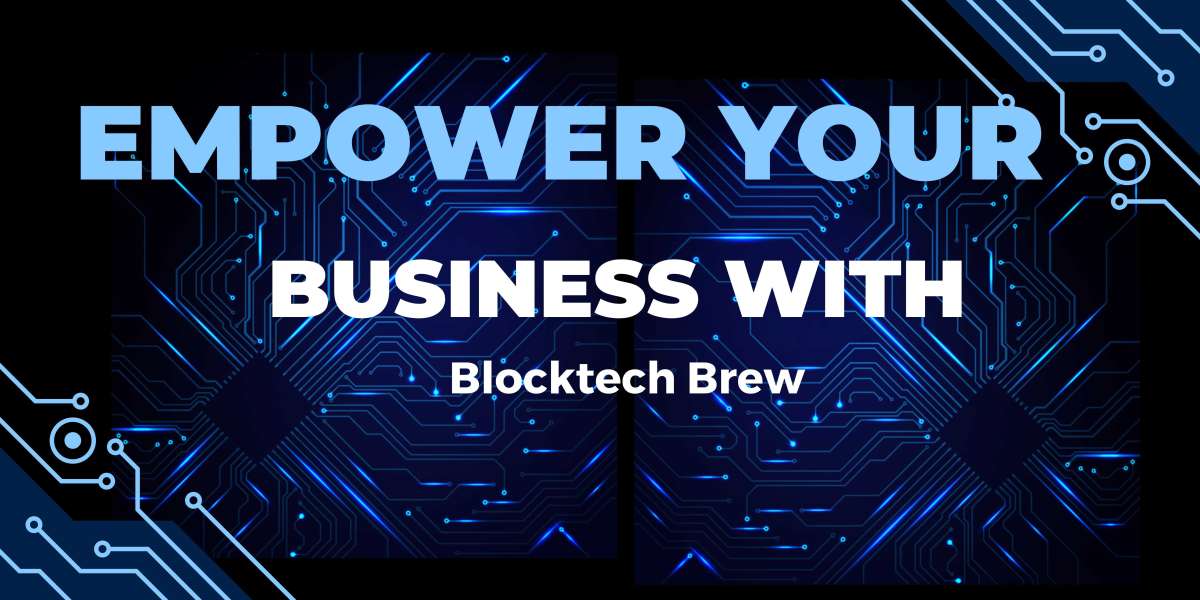In the ever-evolving landscape of blockchain technology, enthusiasts and users often find themselves navigating through the vast and intricate web of transactions, addresses, and blocks. One invaluable tool that aids in this exploration is the blockchain explorer. This comprehensive guide aims to shed light on what blockchain explorers are, their significance in the world of cryptocurrencies, and how they work.
Understanding Blockchain Explorers:
A blockchain explorer is essentially a web-based tool that allows users to explore and navigate through the data stored on a blockchain. It serves as a window into the transparent and decentralized nature of blockchain networks, providing real-time access to transaction histories, addresses, and other relevant information. Blockchain explorers are available for various blockchain networks, including Bitcoin, Ethereum, and many others.
Key Components of a Blockchain Explorer:
Search Bar:
- The search bar is the entry point for users to explore the blockchain. Users can input transaction IDs, wallet addresses, or block numbers to retrieve specific information.
Transaction Details:
- Blockchain explorers provide detailed information about individual transactions. This includes the sender's and recipient's addresses, the amount transferred, transaction fees, and the number of confirmations.
Address Information:
- Users can delve into the details of a specific wallet address. This includes the balance, transaction history, and incoming/outgoing transactions associated with that address.
Block Information:
- Blocks are fundamental units of a blockchain. Blockchain explorers display information about each block, such as its hash, timestamp, and the transactions it contains.
Real-time Data:
- One of the most valuable features of blockchain explorers is their ability to provide real-time data. Users can monitor transactions as they occur, making the explorer an essential tool for tracking the flow of funds.
How Blockchain Explorers Work:
Blockchain explorers operate by connecting to nodes within the blockchain network. Nodes are individual computers that store a complete copy of the blockchain. When a user queries the explorer for information, it communicates with these nodes to retrieve the relevant data.
The process can be broken down into the following steps:
User Query:
- A user enters a query, such as a transaction ID or wallet address, into the search bar of the explorer.
Explorer Node Communication:
- The blockchain explorer communicates with one or more nodes within the blockchain network to fetch the requested data.
Data Retrieval:
- The explorer retrieves the necessary information from the connected nodes, including details about transactions, addresses, or blocks.
Presentation to User:
- The fetched data is then presented in a user-friendly format on the explorer interface, allowing users to easily interpret and analyze the information.
Significance of Blockchain Explorers:
Transparency:
- Blockchain explorers enhance the transparency of blockchain networks by allowing users to independently verify transactions and account balances.
Security:
- Users can monitor their transactions and ensure the security of their funds by using blockchain explorers to track incoming and outgoing transfers.
Research and Analysis:
- Researchers, developers, and analysts use blockchain explorers to study blockchain data, track market trends, and gain insights into network activities.
Conclusion:
Whether you are a casual user, investor, or developer, understanding how to navigate and utilize blockchain explorers is essential for making informed decisions in the ever-expanding realm of cryptocurrencies. As blockchain technology continues to evolve, these explorers will remain indispensable tools for those seeking to explore the depths of decentralized ledgers.








